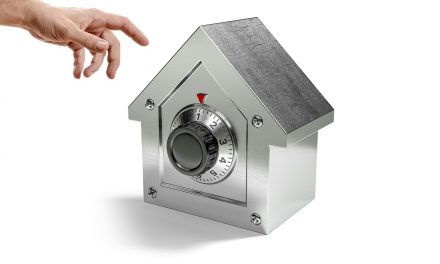Image by Engin Akyurt from Pixabay
If you think you have employees with coronavirus in your workplace, there are best practices for you to follow.
The disease has appeared in business where managers thought they were coronavirus-proof. So, to avoid more infections, which could result in shutting down your business or present legal or public-relations nightmares, you must consider taking due diligence steps.
Don’t fear starting a legal issue under the Americans with Disabilities Act (ADA). If you’re careful following a roadmap, you’ll be fine.
COVID-19 Workplace Safety Guidelines for Your Business
COVID-19 guidance
COVID-19 guidance is available courtesy of the the Equal Employment Opportunity Commission (EEOC) and from the Centers for Disease Control (CDC).
Note: You can only send employees home with symptoms you can spot: “…if “the illness is akin to seasonal influenza or if the illness is serious enough to pose a direct threat to the employee or coworkers,” says the EEOC.
Employees who follow news reports know they should stay at home if their temperature is 100.5 degrees or higher, a fever or have respiratory problems. This means employers can adhere to this protocol but must always treat all employees the same.
HR – Smart Ways to Respond If Employee Gets COVID-19
Published epidemiologic, virologic, and modeling reports indicate severe acute respiratory syndrome, AKA coronavirus 2, is transferred from people are presymptomatic.
That means the virus was detected before exhibiting symptoms. The reports also indicate there’s transmission from asymptomatic people.
That’s the detection of the virus but there are no symptoms. All of this means employers can legally keep asymptomatic employees from working. Again, that’s folks who have been in contact with people with the coronavirus.
COVID-19 Being Covered under Workers’ Compensation
Exposure criteria
To keep employees from working who had exposure to the virus, here’s the CDC criteria:
- If they’ve had close contact with a COVID-19 patient
- If they’ve sat withing two airline seats of someone
- If they’ve cared for a symptomatic person, lives in the same household or is the partner of a patient
To keep your other employees safe in the workplace, you can check for symptoms by asking questions of employees. Again, that’s whether they have a temperature higher than 100.4, if they’ve been coughing or about their breathing.
If you have employees at greater risk to contract COVID-19, consider telecommuting or isolating them in your workplace. That’s considered reasonable under the ADA.
A note about COVID-19 and the Family and Medical Leave Act (FMLA): Because it’s a serious matter, be lenient in requiring medical certifications.
From the Coach’s Corner, here are related tips:
COVID-19 Due Diligence: Manage Workers Returning to Work –Employers need to strategize on managing employees in the new normal.
COVID-19’s Lesson for Reviewing Business Procedures — Analogous for business in the coronavirus pandemic, doctors have plans of action and procedures to successfully reach their desired outcomes – to heal patients. Here’s the case to review your standard operating procedures.
Overcome COVID-19 by Recasting Your Business Model — The coronavirus has resulted in a terrible crisis for businesses. However, many can slow the spread of the pandemic while becoming profitable by enhancing their digital capabilities. Here’s how.
10 Tips: Manage Employees to Potential during COVID-19 — Especially during crises like the coronavirus, you must be a coaching leader and role model to oversee employees who are already inspired and manage those who need motivation. Here are 10 tips.
“The fact is we can’t prevent people from getting the COVID-19 virus.”
-Kim Reynolds
__________






